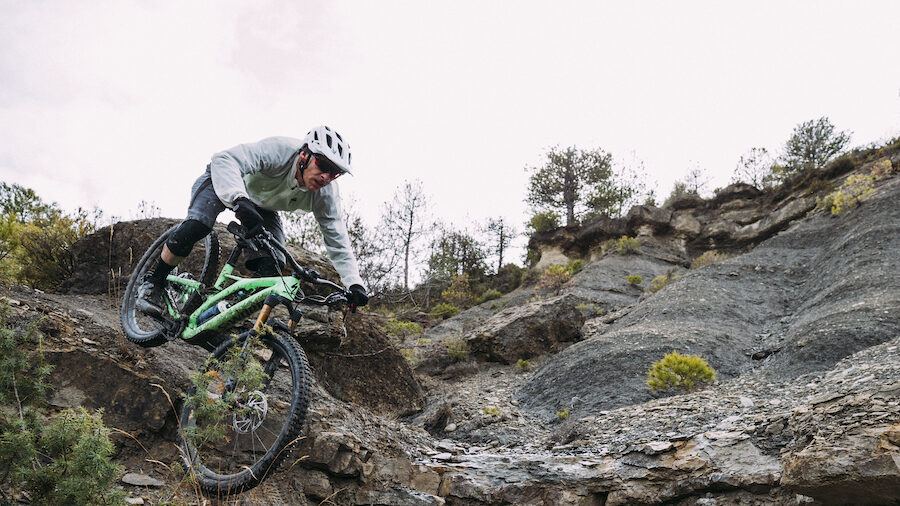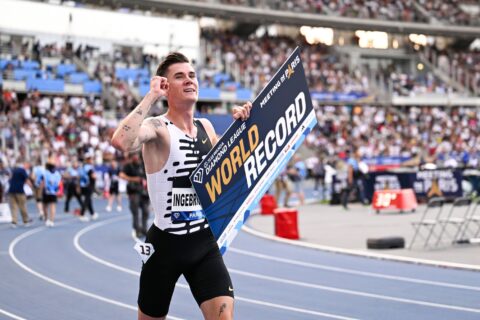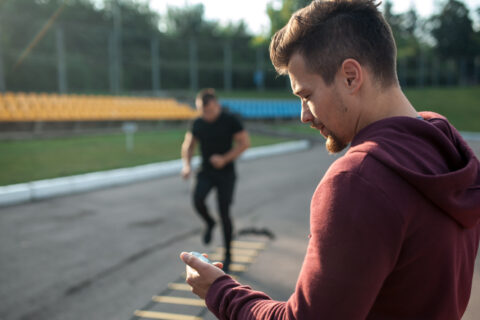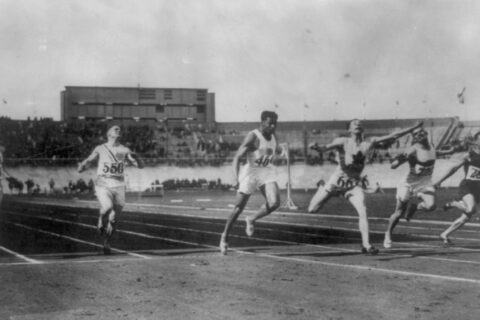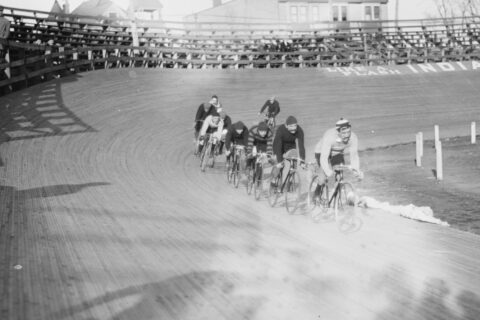At the age of 67, former mountain bike world champion Ned Overend is dealing with the typical aches and pains accumulated over decades of racing. He’s got hand pain from crashing, and most mornings he wakes up with a tight neck and back. But Overend still trains and occasionally races, and his weekly group ride in Durango, Colorado, is 90 minutes all-out with pro-level cyclists.
“It’s been really helpful for me, doing hard group rides with younger athletes,” Overend said, who is four decades older than nearly every other rider. “It’s an eye-opener, but it helps me push myself.”
Last year he finished ninth among pro men at the Iron Horse Classic road race. The winner: 21-year-old Quinn Simmons, who races professionally on the World Tour with Trek-Segafredo.
Aged 52, pro triathlete Dede Griesbauer is a three-time Ironman champion, and last year won the Ultraman World Championship in a world-best time (and she joined us on the Fast Talk podcast to share her insights from that race: Going Long, Very Long).
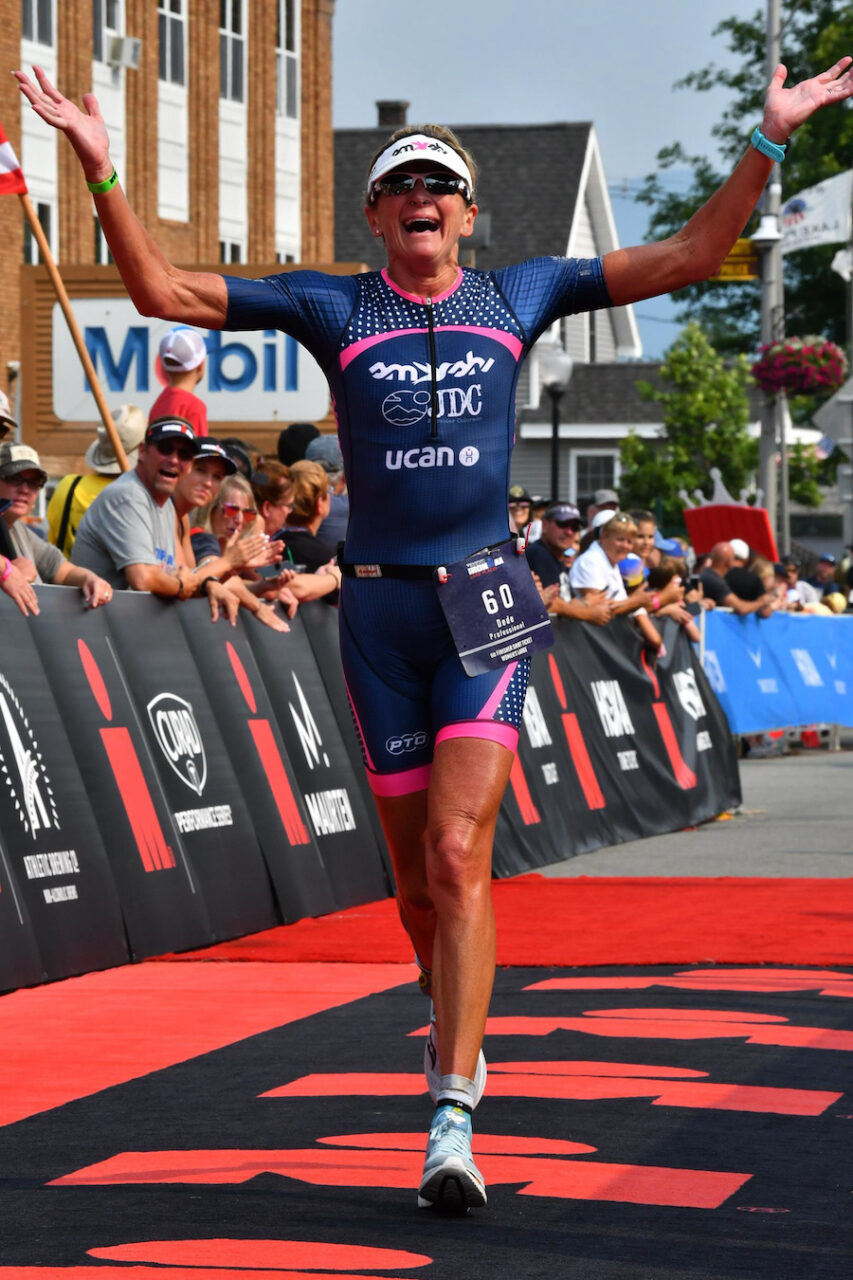
“Things I could get away with in my thirties I can no longer do,” Griesbauer said. One example: She used to go to sleep at 9 p.m. These days, bedtime is 7 p.m.
We asked Overend and Griesbauer to share their tips for staying fit as they age. And we spoke with Coach Joe Friel, author of Fast After 50: How to Race Strong for the Rest of your Life, as well as Dr. Wojtek Chodzko Zajko, Dean of the Graduate College at the University of Illinois and founding editor of the Journal of Aging and Physical Activity, who offered his perspective on maintaining fitness as you age.
Dr. Chodzko Zajko said: “The rate and extent to which performance changes varies tremendously from individual to individual. And older adults are more different from one another than any other age group.”
Ask a group of nine-year-olds to do a physical task, and most will perform at a similar level. “But if you take a group of 70-year-olds, some will be able to perform at elite levels and others won’t be able to get out of bed—and everything in-between,” he said.
The first and most significant change for aging athletes is a decline in aerobic capacity (VO2max).
“It usually begins in the athlete’s early thirties,” Friel said. “But a performance decline at that age is mitigated by improved racing knowledge. The decline is usually obvious around age 50. For a serious athlete this decline usually occurs at the rate of about 7% per decade. That’s so slight year-to-year that we are seldom aware of it. The first indicator is gradually slowing training and race performances. Initially these may be written off to a bad day of racing, but after a few of these it becomes clear—something is happening.”
The accepted wisdom is that older athletes who want to remain fit and fast must adjust to hormonal changes, concentrate on longer and better recovery, pay closer attention to injury, decrease training volume and intensity, and get good sleep and proper nutrition.
Let’s dive into each of those more.
Sleep
“The aging athlete’s primary focus should be on sleep,” Friel said. “That’s when the body releases anabolic hormones that rebuild the muscles, bones, and other systems on a daily basis. Too little sleep will ultimately result in reduced or static fitness. I’d suggest at least seven hours per night.”
Overend believes good sleep is essential to ongoing training. And Griesbauer? Well, don’t call or text after 7 p.m.
Cross training
Endurance sports such as running, cycling, Nordic skiing, and swimming are “straight-ahead” activities, Friel said. The body operates primarily in one plane: forward. Over many years this is likely to result in significant muscle imbalances and joint immobility (especially shoulders, spine, and hips). Strength training in other-than-forward planes (for example, lateral movements) and joint mobility exercises can reduce the likelihood of injury with aging.
Overend does dumbbell/pull-up/push-up sessions in his home gym two times a week for a more complete body workout, including favorite exercises from physical therapy, while Griesbauer has a strength coach she works with two or three times a week.
Equipment and bike fit
Overend recently did a Retül bike fit and changed his position. “It’s typical that you have a more upright position as you get older because you get less flexible, and it’s harder on your neck and low back,” he said.
Mountain bike geometry has gotten more upright in general for better control on technical trail rides, benefiting all riders. Fatter tires and shock-absorbing components also make the bike more comfortable and allow you to ride more.
“A lot of racing has become more technical, with really rough technical sections in cross-country races, but bikes have evolved to handle that, so that helps me out,” he said.
One challenge in the past few years for Overend has been seeing and reacting as quickly as he used to in challenging conditions. He now wears prescription sunglasses—with tinted lenses—which allow him to see better and react faster.
Warm-up
“It takes time to get the body ready to even do the training,” Griesbauer said. Before workouts she spends 10 minutes with her percussion gun to loosen up, and does a series of mobility and activation exercises before stepping out the door.
Overend does light stretching first thing in the morning and stretches and warms up before hard road rides.
Training load
Overend’s volume is lower these days because he’s not racing full-time. He’s also doing more high-intensity interval training (HIIT) than endurance training. “To slow the effects of aging, HIIT is really important,” he said. “It’s key for maintaining your VO2max and aerobic capacity as you get older.”
Griesbauer hasn’t cut back on intensity or hours—during peak periods she trains 35 hours a week—but her body needs more rest, she can’t skip meals or delay eating, and she’s meticulous about physical maintenance and injury prevention.
“Something that I’ve observed in aging athletes’ training is a gradual shift toward more long, slow distance at the expense of high intensity training,” Friel said. “While there is certainly a well-deserved place for lots of easy training, this should not be the only way we train. Occasional intervals, tempo efforts, and hill repeats can still do a lot to maintain or even improve the athlete’s performance.”
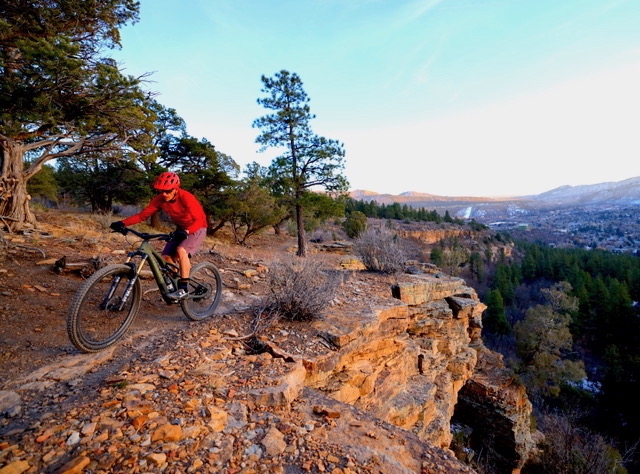
Injuries and injury prevention
Overend occasionally holds back a bit on screaming-fast rocky downhills because, in the long run, he doesn’t want to stop training.
“If you get injured or crash, you have to stop training. If you don’t get good sleep or recovery, it slows your [training] momentum down,” he said. “You have to be able to control your machismo. Some of us can be a little too fearless, especially on the mountain bike, but if you don’t have some respect, crashing can really slow down your training and age you before your time. And you can live with those injuries for a long time.”
Griesbauer visits her physical therapist regularly to catch injuries early, checks anything that doesn’t feel right, and gets exercises for those issues. Acupuncture and dry needling are also part of her routine.
Recovery
There is little doubt that older athletes must be especially focused on recovery, Friel said.
“Too little recovery is likely to result in injury or burnout. Besides regular days off, I’ve found two solutions for this,” he said. “The first is something I wrote about in Fast After 50. It involves a nine-day training ‘week’ with every third day being a high-intensity- or overdistance-focused session with all of the others being short and easy with occasional days off.”
After 18 days the athlete fully recovers for three days with short and easy workouts before starting another 18-day schedule.
“The problem with this is that athletes who are not retired find it doesn’t always fit into their work schedules,” Friel said. “For example, a three-hour workout is tough on a day when you have to be at work at 8 a.m. The solution I propose for this is a 5:2 routine. Every week has five easy workouts and two hard sessions. The hard sessions are separated by two to three easy days.”
Griesbauer does Epsom salt baths and gets massages regularly, and uses compression recovery boots nightly.
Overend does his recovery days on the mountain bike, picking a fairly smooth trail without a lot of climbing, or rides with his wife on the local river path. “I prefer active recovery because I’m less stiff,” he said.
Nutrition
Research on aging athletes suggests that they need more protein in their diet than is usually recommended for the general population to maintain muscle mass, Friel said.
“But taking in more calories is not a good overall solution, so I recommend that athletes maintain their calories by reducing carbohydrate intake,” he advised.
Griesbauer meticulously plans pre- and post-workout meals. “I used to let hunger be my guide but I’m a lot more thoughtful about planning meals, calories, and fueling.”
Overend is 5’8” and 132 pounds. Because his dad passed away aged 56, he pays attention to blood values and his lipid profile. “Simple carbs are bad for inflammation and heart disease,” he said.
Patience and persistence
As Friel concluded, there are multiple factors to consider for the older athlete looking to improve performance, but key to it all are patience and persistence. He said: “Most serious athletes have no qualms about persistence. They love to work out. The problem is patience. No one can force the body to be in shape on an artificial schedule. High performance requires listening to your body and providing rest and exercise at the rate it is ready to accept, particularly as we age.”
RELATED: How to Effectively Modify Your Training and Racing as You Age, with Rebecca Rusch
